Through this strategy, both companies aim to aggressively secure orders, capitalizing on the weakened influence of Chinese ESS manufacturers in the U.S. due to tariffs and regulations.
According to Samsung SDI, on the 10th, the company is participating in 'RE+ (Renewable Energy Plus) 2025', North America's largest energy industry exhibition currently held in Las Vegas, where it has unveiled its locally optimized next-generation battery product lineup.
The highlight products showcased by Samsung SDI at this event are the next-generation Solid Battery Blocks (SBBs), namely 'SBB 1.7' and 'SBB 2.0'. These products, revealed for the first time at the exhibition, are slated for local production in the U.S. starting next year.
Among these, SBB 2.0 marks Samsung SDI's debut LFP battery product. Until now, Samsung SDI had primarily focused on ternary NCA (Nickel-Cobalt-Aluminum) batteries, unlike its competitors. While NCA batteries offer higher energy density and larger capacity than LFP, their higher manufacturing cost has posed challenges in price competitiveness.
SBB 2.0 features Samsung SDI's proprietary prismatic form factor, incorporating differentiated materials and electrode plate technology. This innovation overcomes the low energy density, a common drawback of existing LFP batteries, while maximizing advantages such as safety and cost-effectiveness. Samsung SDI plans to offer customized solutions to customers by leveraging both SBB 2.0 and SBB 1.7, which is equipped with ternary NCA batteries.
While Samsung SDI unveiled its first LFP battery product, LG Energy Solution introduced prismatic batteries, a segment where Samsung SDI has traditionally excelled. This marks LG Energy Solution's first presentation of prismatic ESS batteries.
LG Energy Solution's prismatic batteries include the JF2 and JF3 battery cell and pack products. These products boast ultra-high energy density exceeding 500 Wh, while also being resistant to external impacts and offering lower production costs. LG Energy Solution's prismatic batteries are scheduled for production in North America, a first for the industry.
To achieve this, LG Energy Solution began the full-scale local mass production of LFP batteries for ESS at its Michigan plant in the second quarter of this year, an industry first in the U.S. This initiative has established a 'Made-in-USA' foundation, ensuring stable supply to local customers and enabling customers to benefit from IRA (Inflation Reduction Act) incentives for ESS installations manufactured in North America.
The primary reason both companies are publicly showcasing new battery products and technologies in the U.S. is the intense competition for orders. The Korea Energy Economics Institute projects that the global ESS installation capacity, which stood at only 44 gigawatt-hours (GWh) in 2023, will expand to 508 GWh by 2030. In particular, the U.S. ESS market is growing rapidly due to increasing electricity demand driven by the surging AI boom.
Furthermore, the diminished influence of Chinese ESS manufacturers in the U.S. market, due to tariff policies and regulations imposed by the Trump administration, presents an opportunity for Korean companies. Currently, the U.S. imposes a 40.9% tariff on Chinese-made ESS batteries, which is expected to increase to 58.4% next year.
Kim JaeHun (rlqm93@fntimes.com)





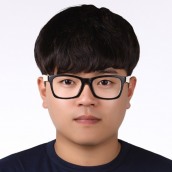





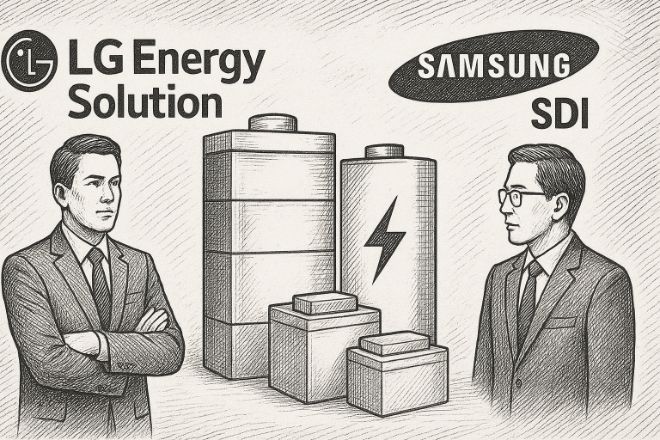
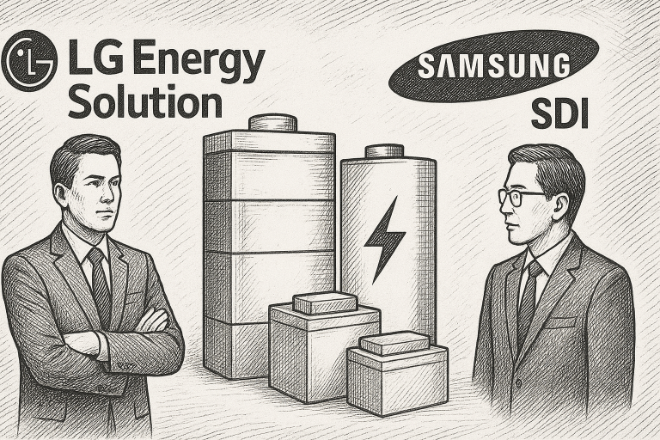
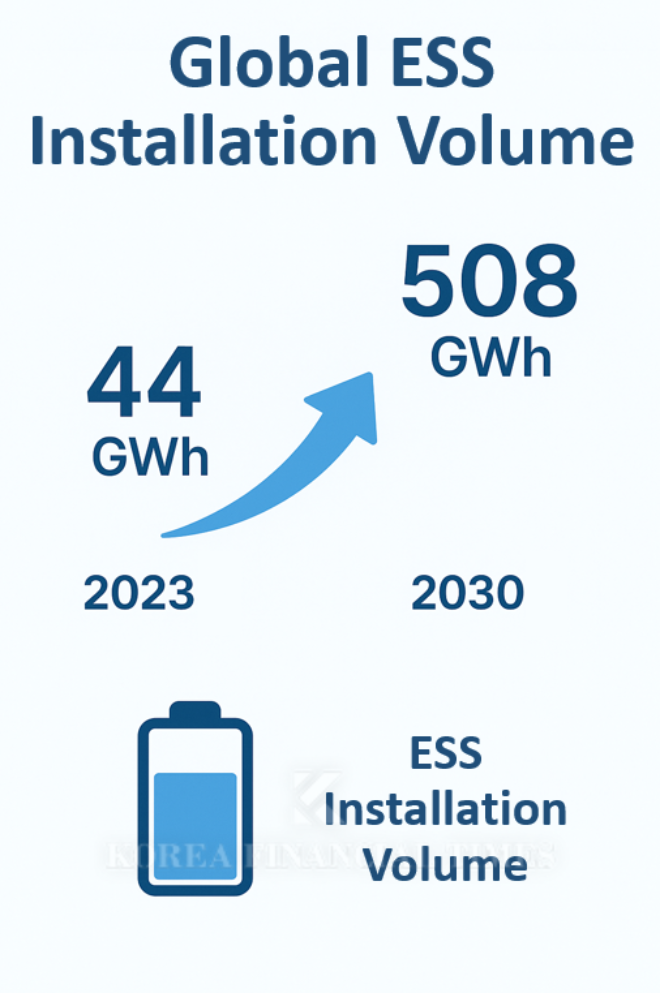
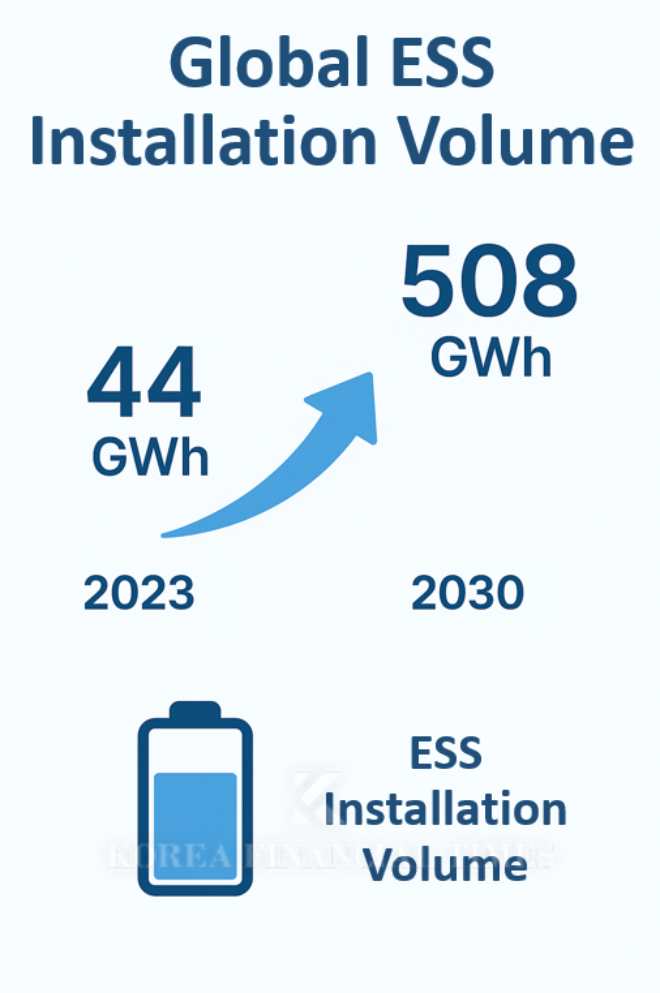






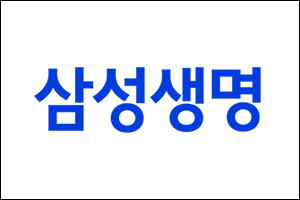





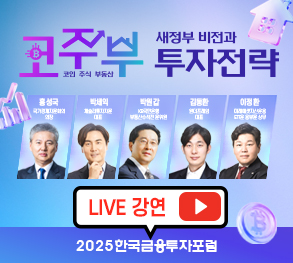





![‘한화 3남’ 김동선, 직원들에 20억 쐈다 [여기 어때?]](https://cfnimage.commutil.kr/phpwas/restmb_setimgmake.php?pp=006&w=69&h=45&m=5&simg=2025121423071403596dd55077bc25812315162.jpg&nmt=18)

![DSC인베, 세미파이브 상장 임박…반도체 포트폴리오 회수 본격화 [VC 회수 점검(6)]](https://cfnimage.commutil.kr/phpwas/restmb_setimgmake.php?pp=006&w=69&h=45&m=5&simg=2025121422311504406dd55077bc25812315162.jpg&nmt=18)
![차기 전북은행장에 박춘원 JB우리캐피탈 대표 유력…비은행 성과 주목 [JB금융 2026 자회사 CEO 인사]](https://cfnimage.commutil.kr/phpwas/restmb_setimgmake.php?pp=006&w=69&h=45&m=5&simg=2025121514411002629300bf52dd2121131180157.jpg&nmt=18)
![현대글로비스 유병각 ‘무차입 뚝심’으로 AA+ [나는 CFO다]](https://cfnimage.commutil.kr/phpwas/restmb_setimgmake.php?pp=006&w=69&h=45&m=5&simg=2025121422422000339dd55077bc25812315162.jpg&nmt=18)
![[프로필] 박윤영 차기 KT CEO](https://cfnimage.commutil.kr/phpwas/restmb_setimgmake.php?pp=006&w=69&h=45&m=5&simg=20251216190756080357fd637f543112168227135.jpg&nmt=18)

![중흥그룹과 시너지…CEO 김보현의 대우건설 혁신 전략 [건설사 CEO 열전]](https://cfnimage.commutil.kr/phpwas/restmb_setimgmake.php?pp=006&w=69&h=45&m=5&simg=2025121423121504647dd55077bc25812315162.jpg&nmt=18)









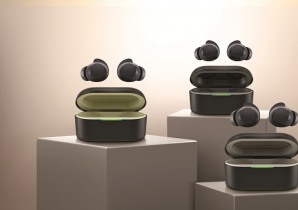

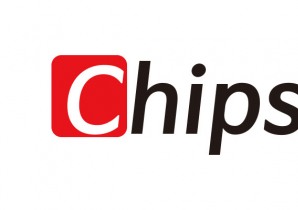
![[카드뉴스] KT&G, 제조 부문 명장 선발, 기술 리더 중심 본원적 경쟁력 강화](https://cfnimage.commutil.kr/phpwas/restmb_setimgmake.php?pp=006&w=298&h=298&m=1&simg=202509241142445913de68fcbb3512411124362_0.png&nmt=18)
![[카드뉴스] KT&G ‘Global Jr. Committee’, 조직문화 혁신 방안 제언](https://cfnimage.commutil.kr/phpwas/restmb_setimgmake.php?pp=006&w=298&h=298&m=1&simg=202503261121571288de68fcbb3512411124362_0.png&nmt=18)
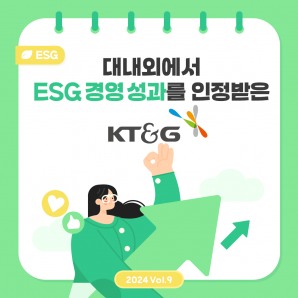
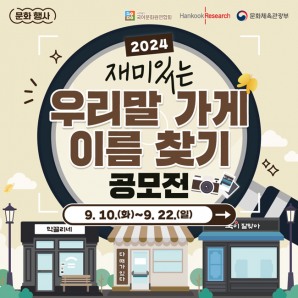
![[카드뉴스] 국립생태원과 함께 환경보호 활동 강화하는 KT&G](https://cfnimage.commutil.kr/phpwas/restmb_setimgmake.php?pp=006&w=298&h=298&m=1&simg=202403221529138957c1c16452b0175114235199_0.png&nmt=18)
![[신간] 고수의 M&A 바이블](https://cfnimage.commutil.kr/phpwas/restmb_setimgmake.php?pp=006&w=81&h=123&m=5&simg=2025091008414900330f8caa4a5ce12411124362.jpg&nmt=18)
![[신간] 리빌딩 코리아 - 피크 코리아 극복을 위한 생산성 주도 성장 전략](https://cfnimage.commutil.kr/phpwas/restmb_setimgmake.php?pp=006&w=81&h=123&m=5&simg=2025032814555807705f8caa4a5ce12411124362.jpg&nmt=18)
![[서평] 추세 매매의 대가들...추세추종 투자전략의 대가 14인 인터뷰](https://cfnimage.commutil.kr/phpwas/restmb_setimgmake.php?pp=006&w=81&h=123&m=5&simg=2023102410444004986c1c16452b0175114235199.jpg&nmt=18)

![[신간] 조금 느려도 괜찮아...느림 속에서 발견한 마음의 빛깔](https://cfnimage.commutil.kr/phpwas/restmb_setimgmake.php?pp=006&w=81&h=123&m=5&simg=20251105082239062852a735e27af12411124362.jpg&nmt=18)

![[AD] 기아 ‘PV5’, 최대 적재중량 1회 충전 693km 주행 기네스 신기록](https://cfnimage.commutil.kr/phpwas/restmb_setimgmake.php?pp=006&w=89&h=45&m=1&simg=20251105115215067287492587736121125197123.jpg&nmt=18)
![[카드뉴스] KT&G, 제조 부문 명장 선발, 기술 리더 중심 본원적 경쟁력 강화](https://cfnimage.commutil.kr/phpwas/restmb_setimgmake.php?pp=006&w=89&h=45&m=1&simg=202509241142445913de68fcbb3512411124362_0.png&nmt=18)
![[AD]‘황금연휴에 즐기세요’ 기아, ‘미리 추석 페스타’ 이벤트 실시](https://cfnimage.commutil.kr/phpwas/restmb_setimgmake.php?pp=006&w=89&h=45&m=1&simg=20250903093618029117492587736121166140186.jpg&nmt=18)
![[AD]‘패밀리카 선두 주자’ 기아, ‘The 2026 카니발’ 출시](https://cfnimage.commutil.kr/phpwas/restmb_setimgmake.php?pp=006&w=89&h=45&m=1&simg=2025081810452407346749258773621116810840.jpg&nmt=18)
![[AD] ‘상품성↑가격↓’ 현대차, 2025년형 ‘아이오닉 5’·‘코나 일렉트릭’ 출시](https://cfnimage.commutil.kr/phpwas/restmb_setimgmake.php?pp=006&w=89&h=45&m=1&simg=202505131018360969274925877362115218260.jpg&nmt=18)



